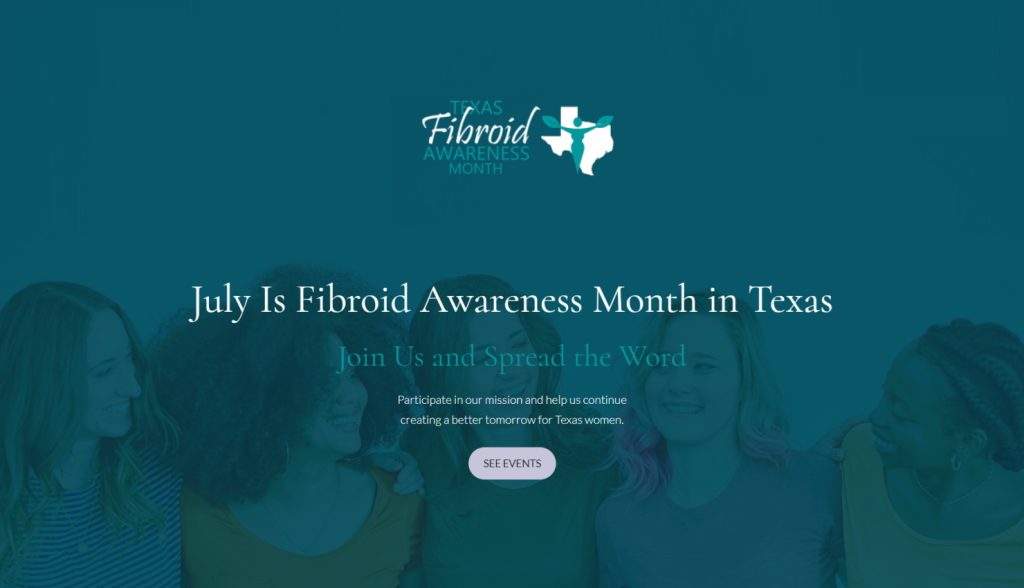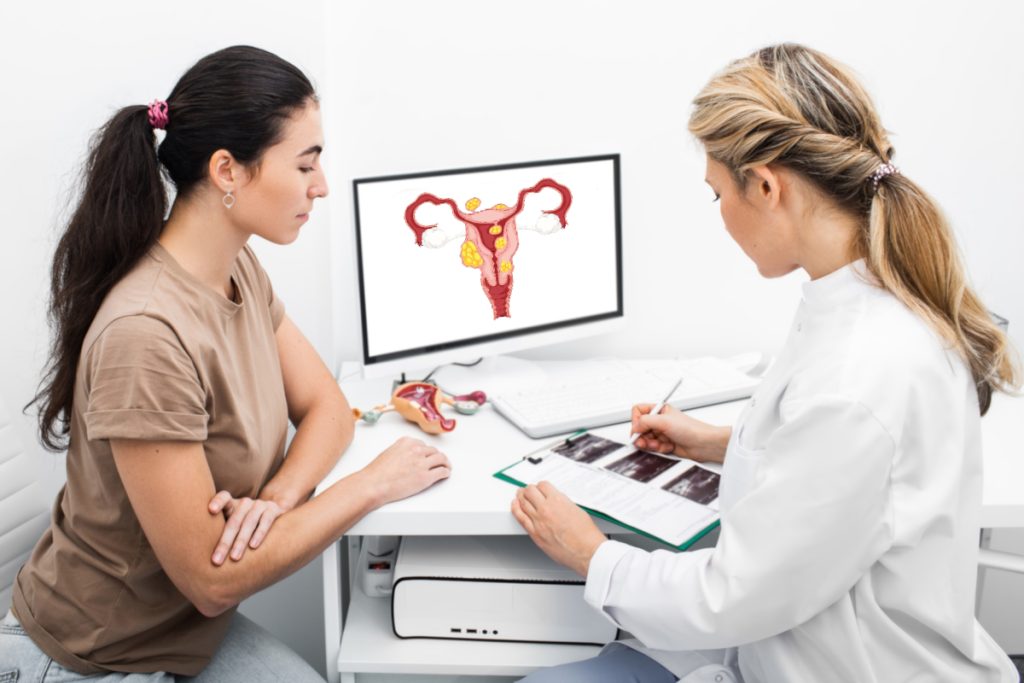Alicia Shares Her Fibroid Treatment Journey and Recommends Second Opinions
Alicia* admits she tried to ignore her growing list of fibroid symptoms. Granted, it was not common for a young and otherwise healthy woman to have heart palpitations and shortness […]
Alicia Shares Her Fibroid Treatment Journey and Recommends Second Opinions ... Read More »










